I saw a schematic for measuring AC voltage on a 3-phase mains supply (R/Y/B are the 3 phases and N is the neutral)
I understand that the 1 MΩ and 2.7 kΩ resistors are for stepping down the voltage (240 V) to a measurable voltage by the microcontroller (the voltage is measured across the two 2.7 kΩ resistors for each phase).
I can't understand the usage of 100 kΩ resistors. The possible explanation I could think of:
- Are the 100 kΩ resistors used to somehow avoid voltage fluctuations in case of neutral loss?
- Do the 100 kΩ resistors protect the circuit during neutral loss conditions?
Can anyone explain the issues that might arise if the 100 kΩ resistors were removed?


